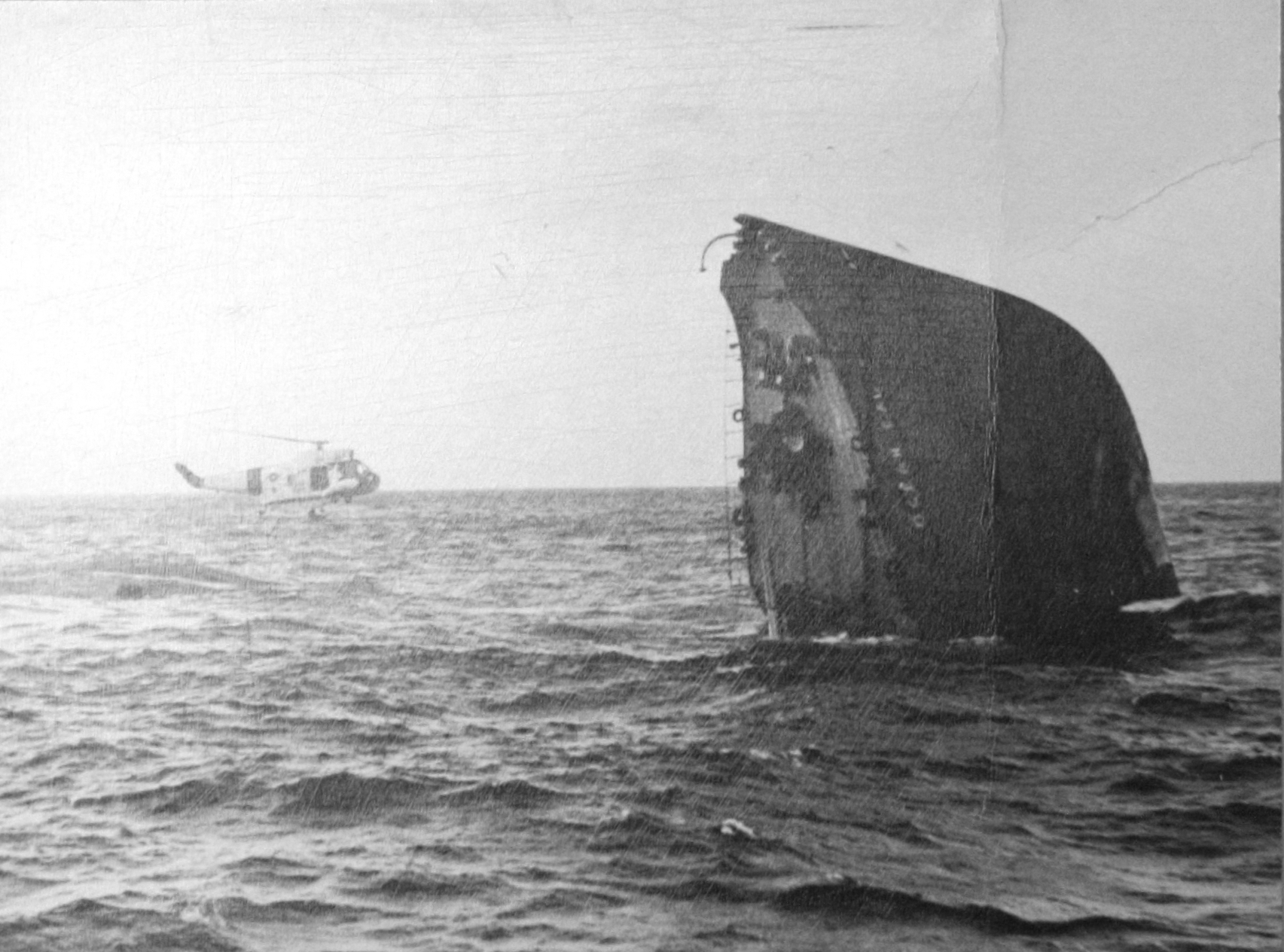Academic Stars 1940s-present day
Midshipmen are awarded Academic Stars on the following basis:
Gold Star: a QPA of at least 3.50 with no course failures in the term. (left)
Silver Star: a QPA of at least 3.25 up to and including 3.49 with no course failures in the term. (right)
They are awarded on a term basis; for Term 1, the award ceremony takes place in February.
If a midshipman falls below the requisite QPA, the Academic Star is removed from the midshipman’s uniform. It is worn below the U.S.N.R. badge (known as the “Eagle Pin”) and above the left breast pocket; if the midshipman is wearing a ribbon rack (“Glory bars”), the star is placed above the ribbons.
Since Academic Stars were awarded each term, midshipmen once had the option of wearing each awarded Star on their uniform; I note the most worn was eight in 1971. Unlike their counterparts across the Long Island Sound at SUNY Maritime, Kings Pointers only now wear one Academic Star at a time; they abandoned this practice at the close of the 1970s.
The first published Regulations Governing Appointments to Cadetships in the Merchant Marine of the United States in 1939 has a short section on Awards; it notes:
16. (a) Cadets receiving average grades of 85 percent or higher in annual examinations shall be permitted to wear a blue and white ribboned pin with a small gold anchor or propeller, as appropriate, in the white center. If a cadet receives a grade of 85 percent or higher in subsequent annual examinations additional small gold anchors or propellers shall be place on the pin.
(b) Steamship company employers may select one cadet (D) and one cadet (E) on January 1st of each year, as outstanding cadets in their service. The reports of the District Cadet Training Instructor may be consulted for the purpose of comparison or the employers may make awards based in their own records. Cadets selected by employer shall be permitted to wear a gold and blue ribboned pin with gold anchors or propellers, as appropriate, on the blue center. This pin shall not be awarded more than once to any cadet. If an outstanding cadet also has won a pin for high scholastic grades such pin shall be work as a continuation of the other.
However, with the issuance of Executive Order 9083 dated February 28, 1942 “Redistribution of Maritime Function” per “Section 5. Transfer of Training Functions from Maritime Commission,” the training of cadet-midshipmen came under the purview of the Coast Guard. With this change, previous awards to cadet-midshipmen ceased. Shortly thereafter, when the U.S. Merchant Marine Academy recruited Captain James H. Tomb as Superintendent in April 1942, the award structure re-visited. By 1943 came the “Scholastic Star.” Due to the nature of the instruction at the Academy, during the Second World War, the Star was only found on the uniforms of Second and First-Class Midshipmen. Unlike the present QPA qualifications determining which star could be worn, the Scholastic Star was awarded by the Academy’s Academic Board to midshipmen in the top 10% of their class. So as long as a midshipman remained in the top 10%, they rated the wear of the Star. It was available to midshipmen beginning the second quarter of their first year.
It took another twenty years before the “Outstanding Cadet” pin was re-introduced as the “Sea Year” ribbon.




